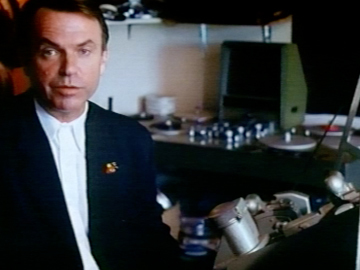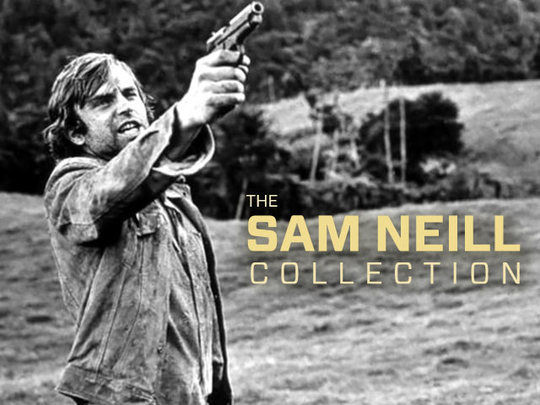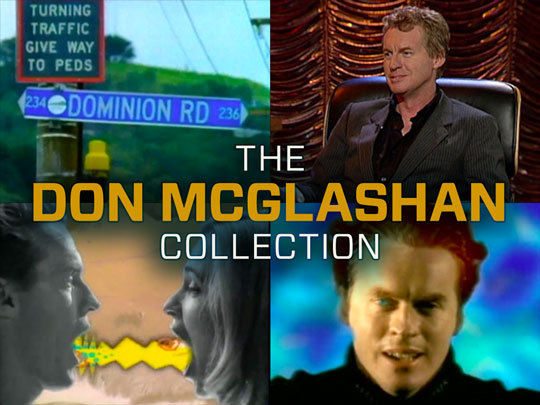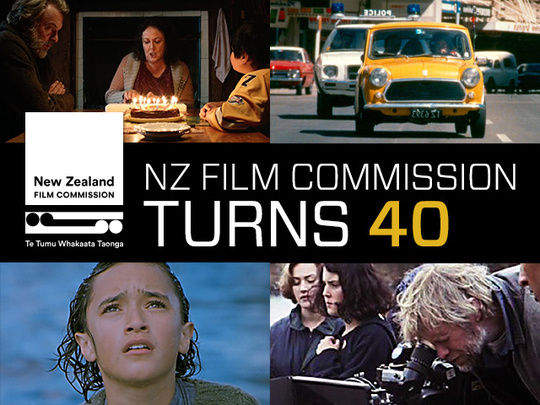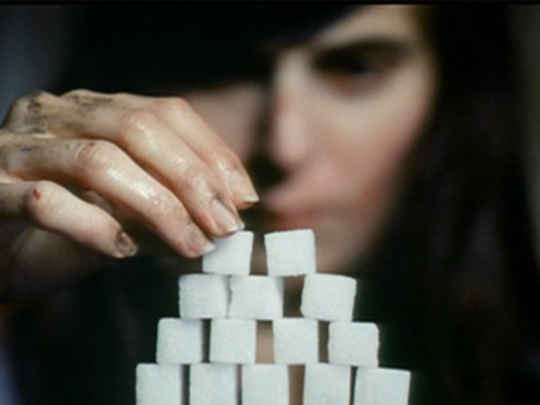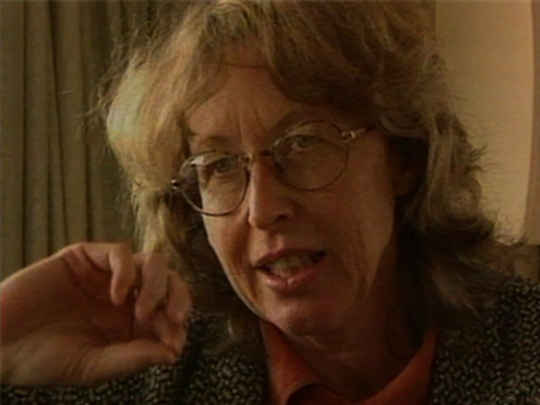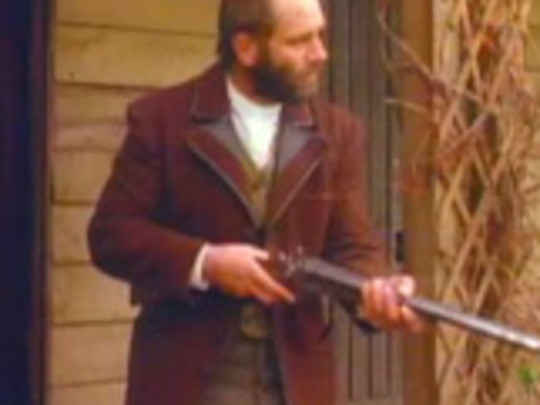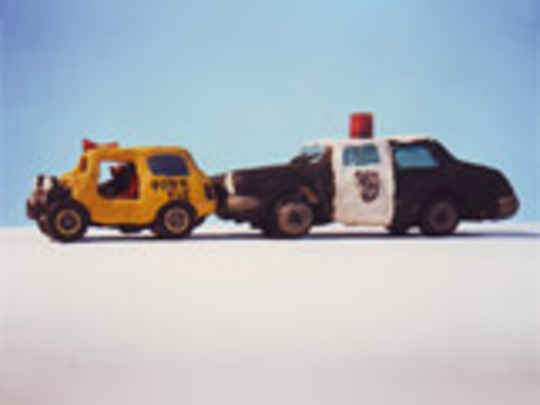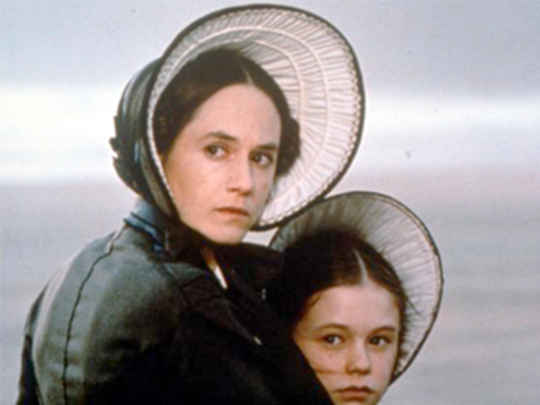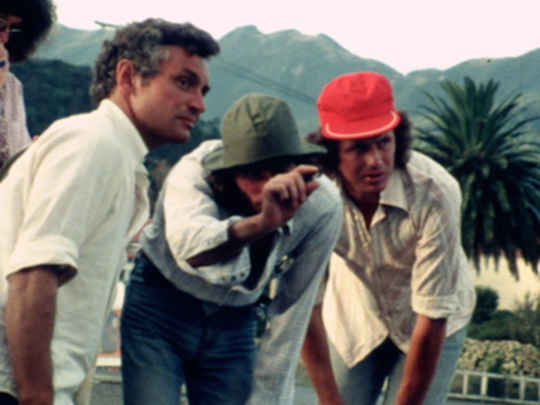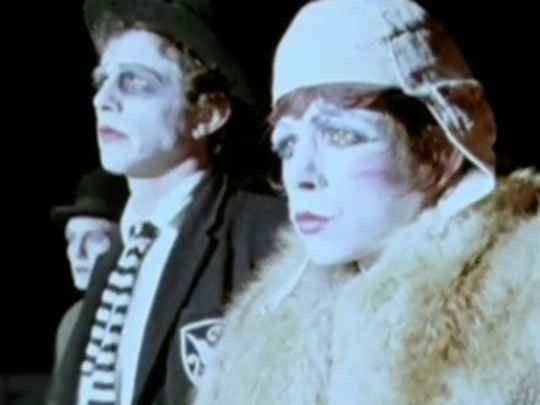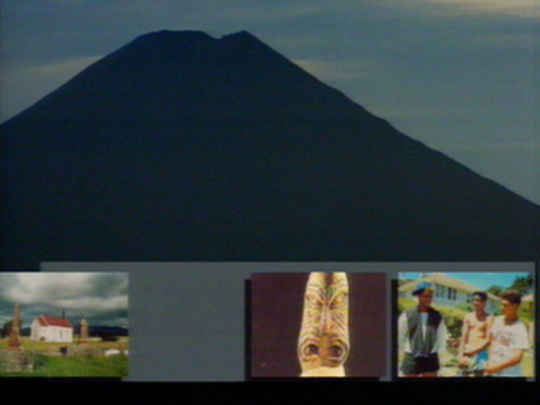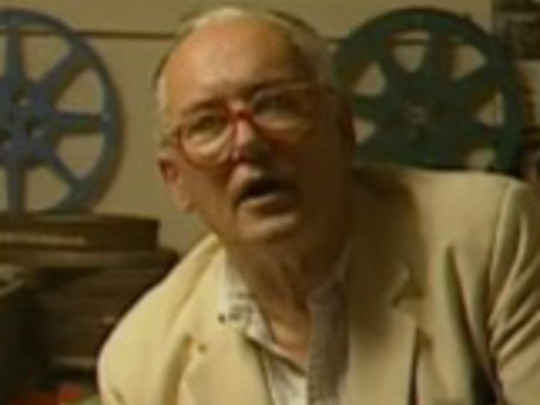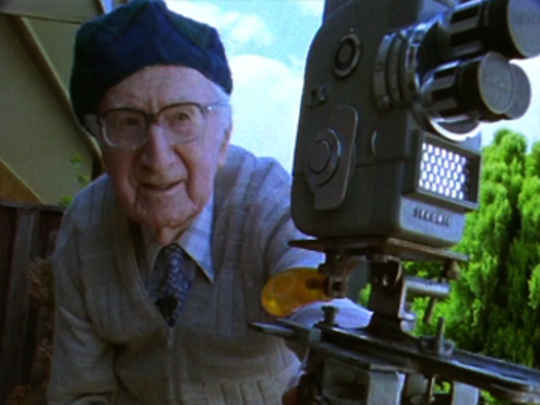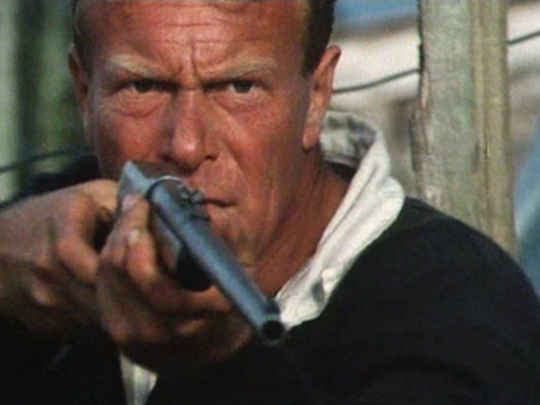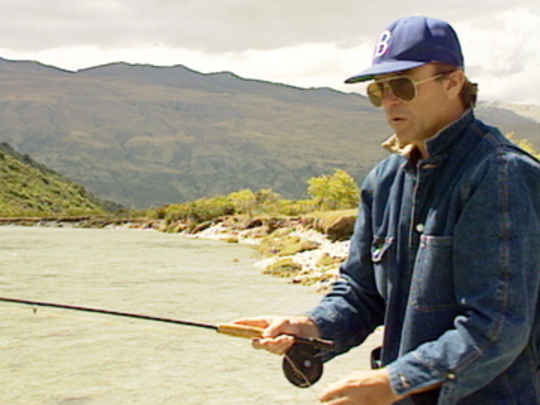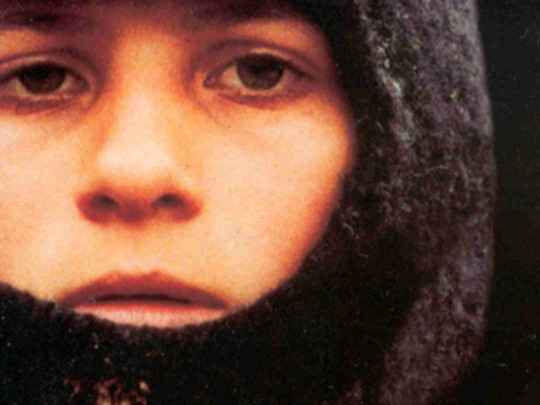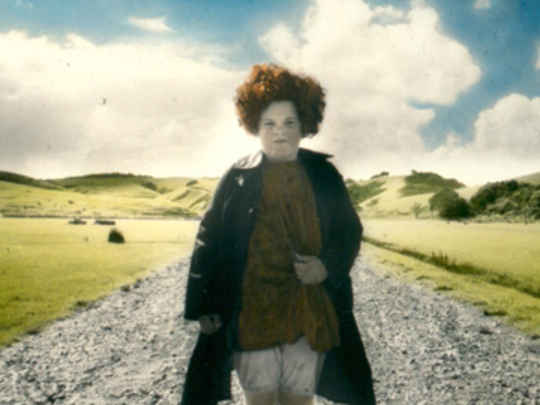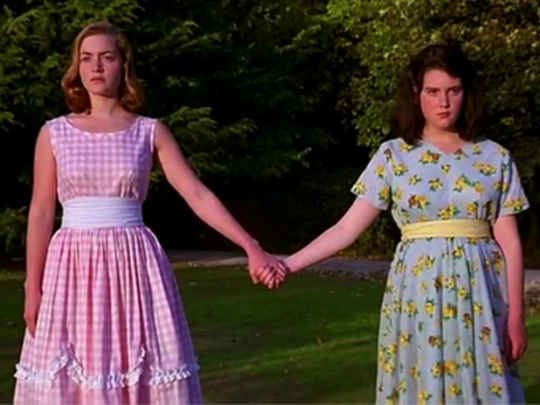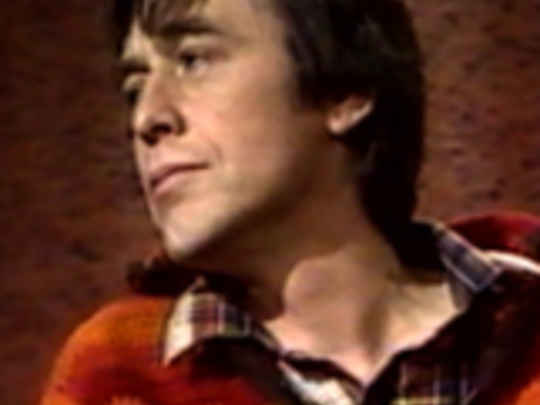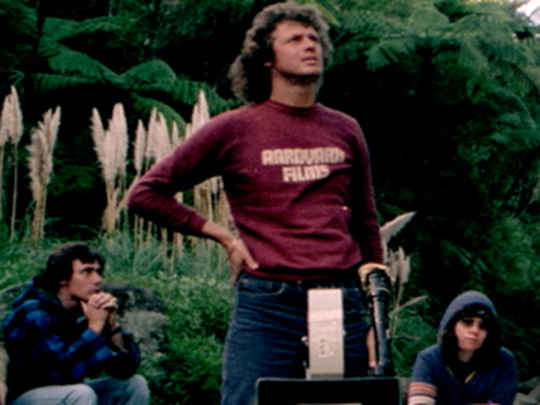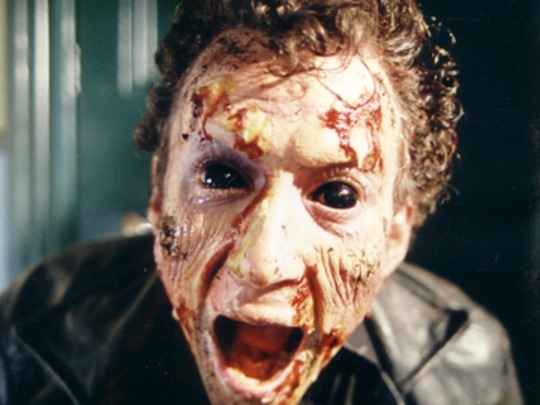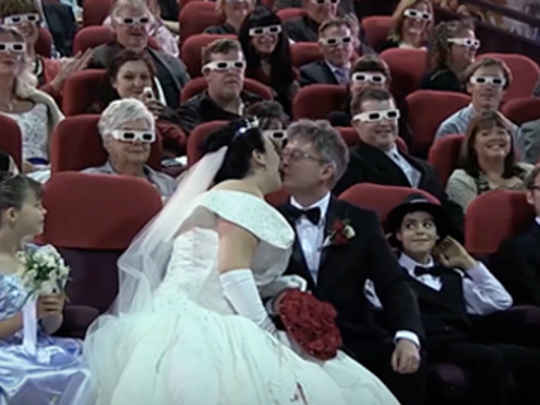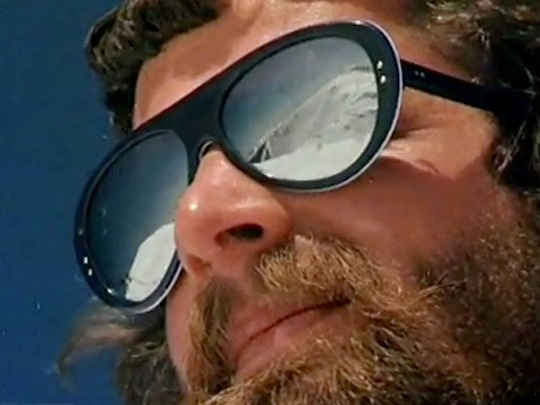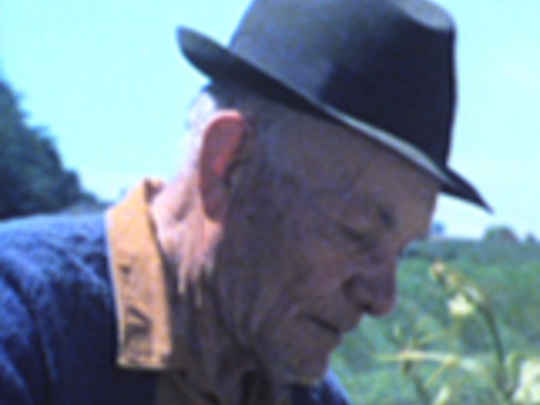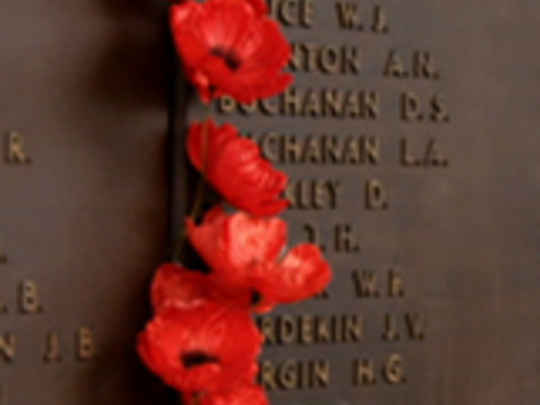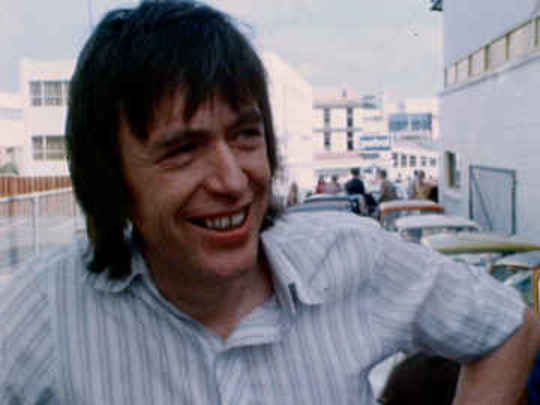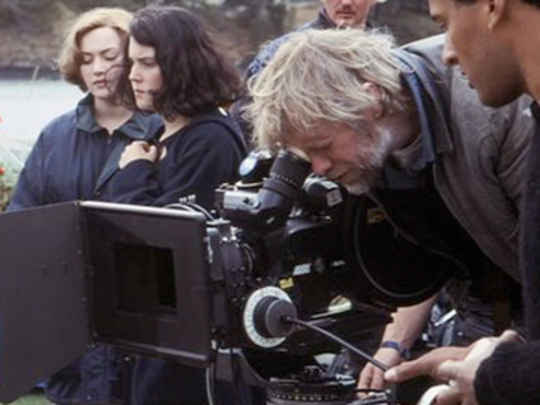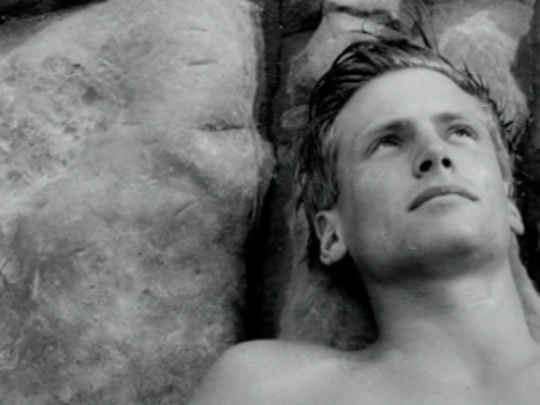Cinema of Unease - A Personal Journey by Sam Neill
Film (Full Length) – 1995
A general perspective
In the early 1990s, to celebrate a century of cinema, the British Film Institute launched an ambitious series of documentaries by 18 leading filmmakers, each of whom would be tasked with providing a personal interpretation of the history and development of cinema in their country. The BFI had the unexpected but brilliant idea to give ‘New Zealand' to actor Sam Neill. In partnership with co-director Judy Rymer, Neill delivered this lively and thoughtful film.
Neill grew up just down the road from the real life murder that was the basis for Peter Jackson's film Heavenly Creatures. He takes viewers back through his childhood in Christchurch to show his take on what New Zealand was like in the 1950s and 60s.
For those growing up in that era, film meant a night out, and was part of the social fabric. The material on offer was almost always foreign, and New Zealanders liked it that way, hankering as they did to be "somewhere else".
Moving from this backward glance at the days of "bodgies" and "milkbar cowboys", Neill celebrates the rise of a more assertive national identity in the Kiwi cinema renaissance that began with the release of Sleeping Dogs in 1977 (starring himself, and directed by Roger Donaldson).
For all that it seemed to offer a fresh and exciting direction, Sleeping Dogs centred, according to the film's thesis, around themes that would recur again and again in local films — the insecurity of isolation, a dark view of authority, and "men alone" in moody landscapes beset by anxiety.
Cinema of Unease was warmly received internationally. Janet Maslin in The New York Times lauded it as "a highlight" of The Century of Cinema series (strong praise considering that Martin Scorsese covered the United States edition, and Stephen Frears the English one): "Not much about Sam Neill's ordinary leading-man roles (in films like Jurassic Park) and even his better ones (in The Piano and My Brilliant Career) is preparation for his tart, perceptive directorial voice in a very good film of his own."
Yet Cinema of Unease was received tepidly by some New Zealand reviewers. Perhaps there was an element of discomfort at the expat (Neill) opining on the state of the homeland. But the crux of the criticism was directed at the filmmakers' overreliance on an outmoded national perspective, blind to the cultural diversity that had come to distinguish contemporary Aotearoa.
Although Neill and Rymer do tend to tramp briskly over the more diverse New Zealand cinema that emerged in the early 1990s, the significance of 'unease' as a central trope or tradition cannot be so easily rejected.
Surveying major New Zealand features produced since then — whether they be highly personal "art films" like Crush, Memory and Desire, Rain and Perfect Strangers; through genre movies such as Scarfies, The Locals and Perfect Creature; to mainstream pictures with a highly developed aesthetic, such as In My Father's Den and Out of the Blue — one can't help but be struck by the persistence of fear, repression and madness as themes in the New Zealand cinematic imagination.
Cinema of Unease received funding from NZ On Air. It was remarkably successful for a one-off TV documentary, getting picked up for theatrical distribution by Miramax in the United States, and making the official selection for the Cannes Film Festival. It was awarded Best Documentary at the 1996 NZ Film Awards.
- Costa Botes celebrated and played with New Zealand's screen history when he came up with the idea for Forgotten Silver, which he directed with Peter Jackson. Botes has directed many feature-length documentaries.
